NJFSC Chapter #44S..........PHS Affiliate #1A..........APS Affiliate #95 |
Society & Member's Galleries....
As we continue to add more galleries, some will be for public display while many will be reserved for members access only.
Featured Covers Gallery
November 2012 Issue of the NJPH Journal LEGISLATIVE FRANKS OF NEW JERSEY by Ed & Jean Siskin
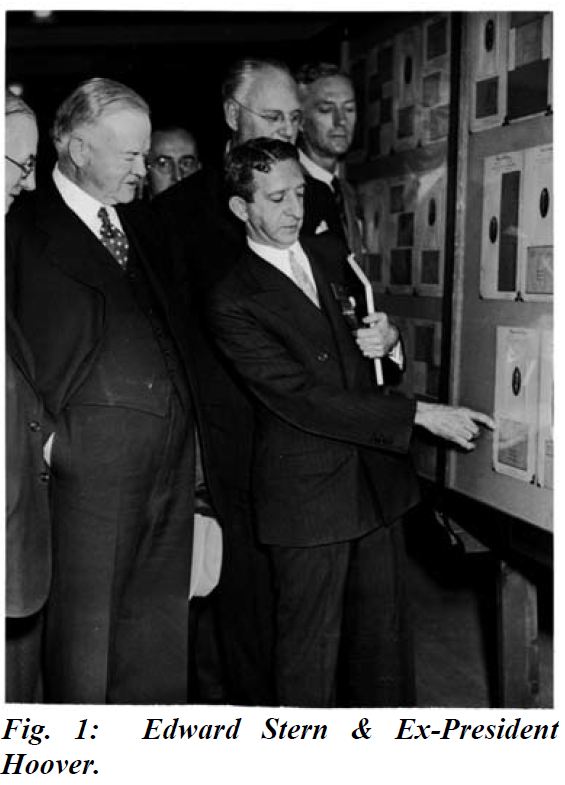 |
The franking privilege is the right to send and or receive mail free from postage. The
word frank comes from the Latin via French and Middle English and means free. Samuel
Johnson’s famous dictionary of 1755 defines Frank as “A letter which pays no postage” and To
Frank as “To exempt letters from postage.”
Currently we use the redundant term “free frank” but this is a modern philatelic
invention. The term “free frank” does not appear in any British or American legislation or
regulation that we’ve been able to find. Insofar as we can determine, “free frank” is a term
which started to be used in the 1920’s by stamp dealers. They had begun the illogical use of “franked” to refer to the stamps on a cover and needed a way to refer to franked stampless
covers. The term “free frank” was permanently
implanted in our lexicon by Edward Stern in his 1936
book History of “Free Franking” of Mail in the United
States. Stern was a major stamp dealer of his day and
one of the first serious collectors of franked material.
|
We had an original photograph, Figure 1, of Stern
showing his Frank Collection to ex-President Hoover at
the 1936 New York International Philatelic Exhibition.
Wilson Hulme talked us into donating that photograph
to the Smithsonian where it now resides. Stern’s book
pictures an incredible collection of rare and desirable
franked covers. However, some of the discussion in
the book is not as fully researched as we would like and
must be treated with caution.
The franking privilege actually dates to 1652.
The English Civil War was fought from 1642 until
1651, between supporters of Parliament and supporters
of the Crown. The Parliament won, King Charles I lost
his head, and the Cromwells ruled England until 1660.
One of the causes of the war had been the excessive privileges claimed by royalty. Shortly after
winning, Parliament began granting themselves privileges. One of these, in 1652, was the right
of members of Parliament to send and receive mail free, a significant economic advantage since
postal rates were so high. This was called the franking privilege.
When the English Monarchy was restored in 1660, Parliament retained the franking
privilege and the King and senior government officials were granted the privilege as well.
On July 26, 1775, the Continental Congress established the new American General Post
Office. On November 8, 1775, the delegates of the United Colonies passed a resolution which
granted themselves the right to send and receive mail free of postage. The resolution specified
that “The members have engaged upon their honor not to frank or enclose any letters but their
own.”
From the beginning, this franking privilege was frequently abused. In 1781, several
delegates led by the highly respected delegate from Connecticut, Roger Sherman, tried,
unsuccessfully, to revoke the franking privilege. Further attempts to abolish or restrict franking
have continued to this day with mixed success.
Table 1 (click to see) outlines the resolutions and laws that have been approved over the
years to define the franking privilege as it relates to legislators. A detailed transcript of all
franking legislation, of which we are aware, will be posted on the NJPHS website from which it
can be downloaded for your information.
The obvious first question is, what is the earliest New Jersey legislative frank known.
The earliest of which we are aware is shown in Figure 2. It is datelined “Princeton Octr 8 1783”
and it is franked by Elias Boudinot, a New Jersey delegate to the Continental Congress who was
then serving as the second President of the United States under the Articles of Confederation.
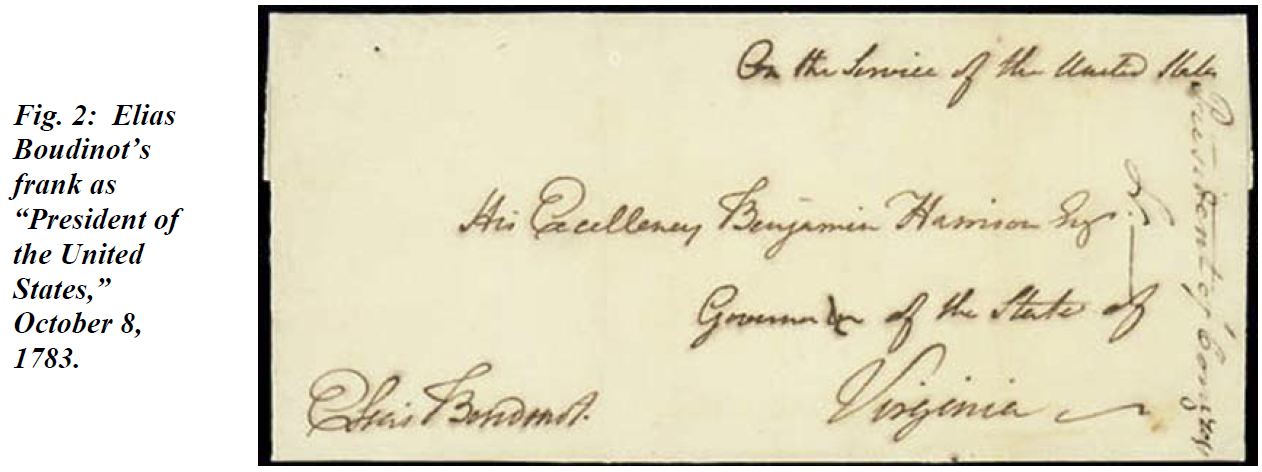
Figure 3 is another frank of Boudinot’s dated January 23, 1792, when he was serving in
the House of Representatives.
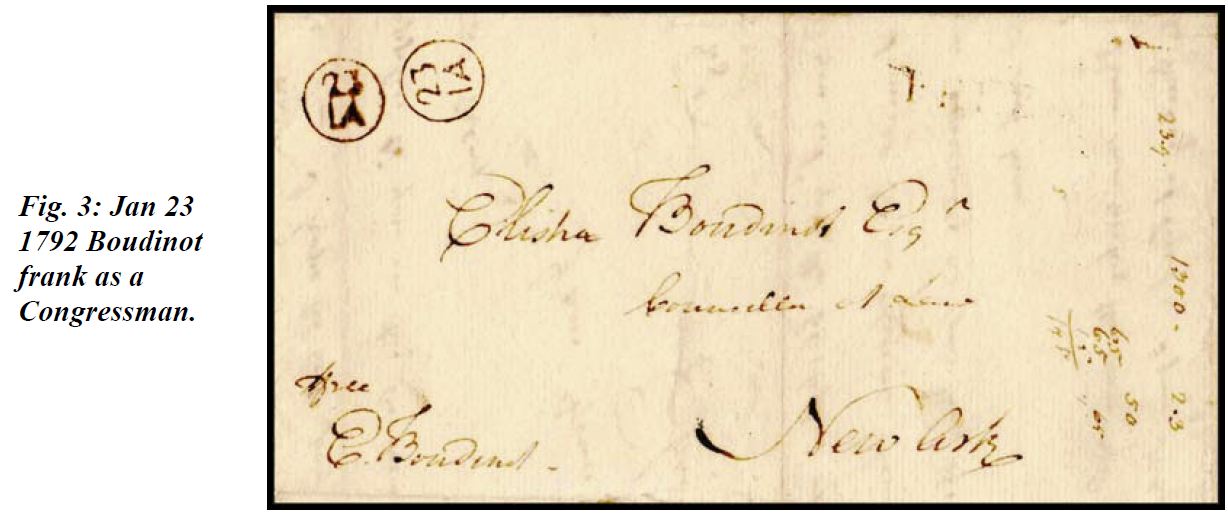
Figure 4 is a cover, dated April 8, 1802, franked by Aaron Ogden, a Revolutionary War
hero who served as a Senator from 1801 to 1803.
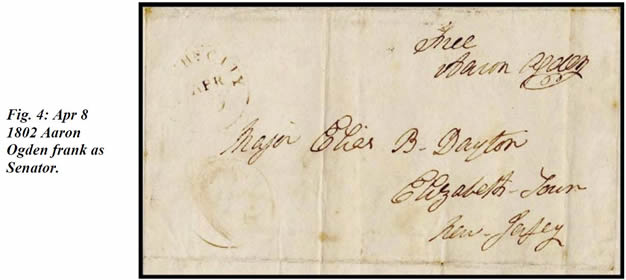
Figure 5 is franked by Lewis Condict whose term in Congress ended March 3, 1833,
almost five months before the date of this letter. As authorized by the law effective March 2, 1833,
he continued to exercise the franking privilege until the next Congress was in session. This was
interpreted to mean the first Monday in the December following the expiration of his term.
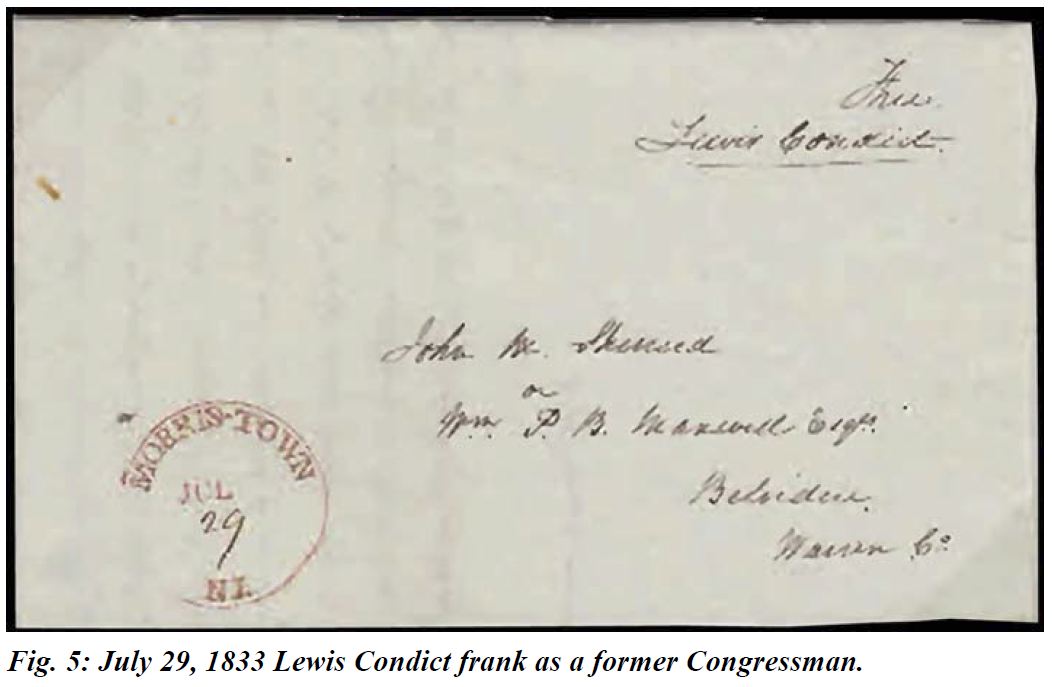
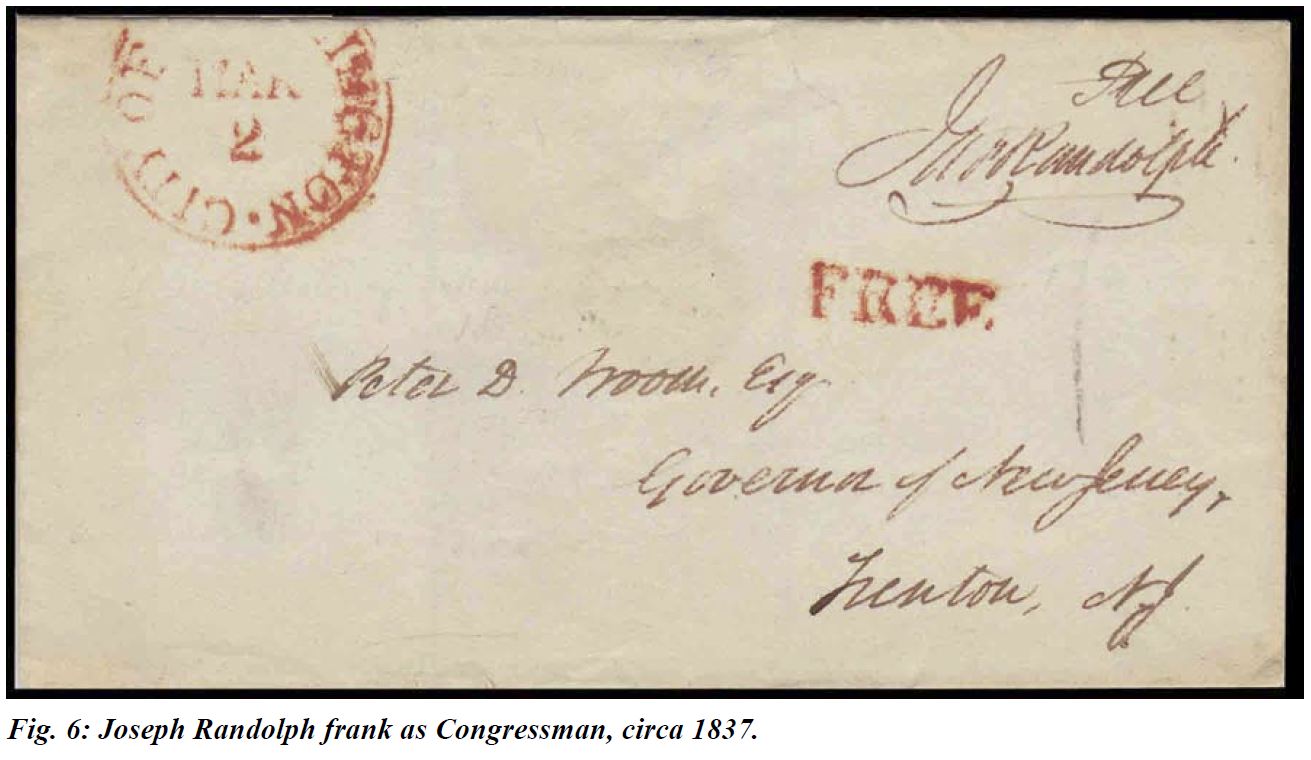
One of the fascinating aspects of studying franks is that it offers a wonderful view of the
state as it existed in an earlier time. Consider the election of 1838. At that time, New Jersey
elected six representatives on an “at large” basis. The entire state voted on the slate and the six
people who received the most votes were elected to Congress. Both the Whigs and the
Democrats fielded six candidates. The first returns showed one Whig, Joseph F. Randolph,
whose frank is shown in Figure 6, was elected without question. The other five seats were in
dispute. It became clear that Whig clerks in a number of counties blatantly omitted returns from
many Democratic strongholds. Despite the obvious frauds, Governor William Pennington and
his all-Whig council certified the election results for all the Whig candidates. Governor
Pennington fixed the “broad seal” of the state of New Jersey and six Whigs were sent to
Washington. The Congress was controlled by the Democrats at that time. They accepted
Randolph, but refused to seat the other five Whigs. They were replaced by the five top
Democratic vote getters. The five ran again in 1840 and were successful. Figures 7 and 8, are
franks of William Halstead and John P. B. Maxwell, two of the Whigs who were not seated in
1838 but were seated two years later. Governor William Pennington served in the Congress
from 1859 to 1861. His 1860 frank, as a congressman and Speaker of the House, is shown in
Figure 9. This became known as the “Broad Seal War.” Clearly vote manipulation is not just a
modern phenomenon.
The abuse of the franking privilege continued and in many cases got worse. In an article
in the November 2010 issue of the NJPH, we wrote about senatorial franks illegally used to
support the McClellan presidential campaign of 1864. However, there were some franking
abuses that were condoned. For example, at the start of the Civil War a number of Congressmen
and other government officials would visit newly arrived young soldiers who had come to
Washington from their home states and would frank their letters home. Although we have
several such covers from other states, we have never seen one from New Jersey and hope that
readers can provide information on such covers that may exist.
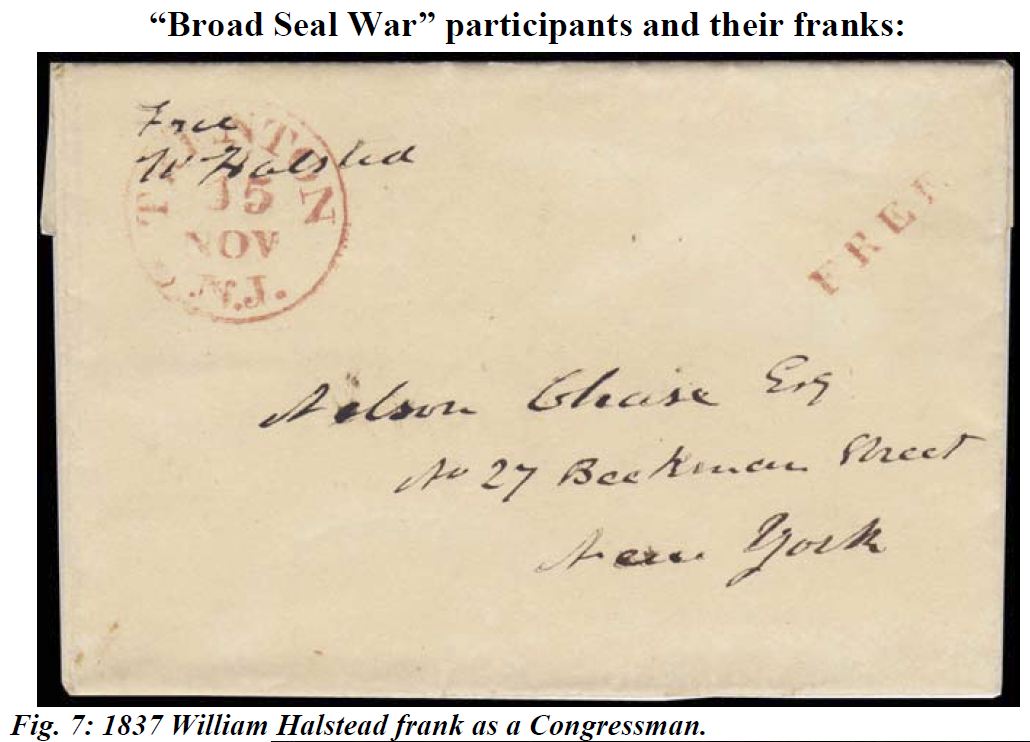
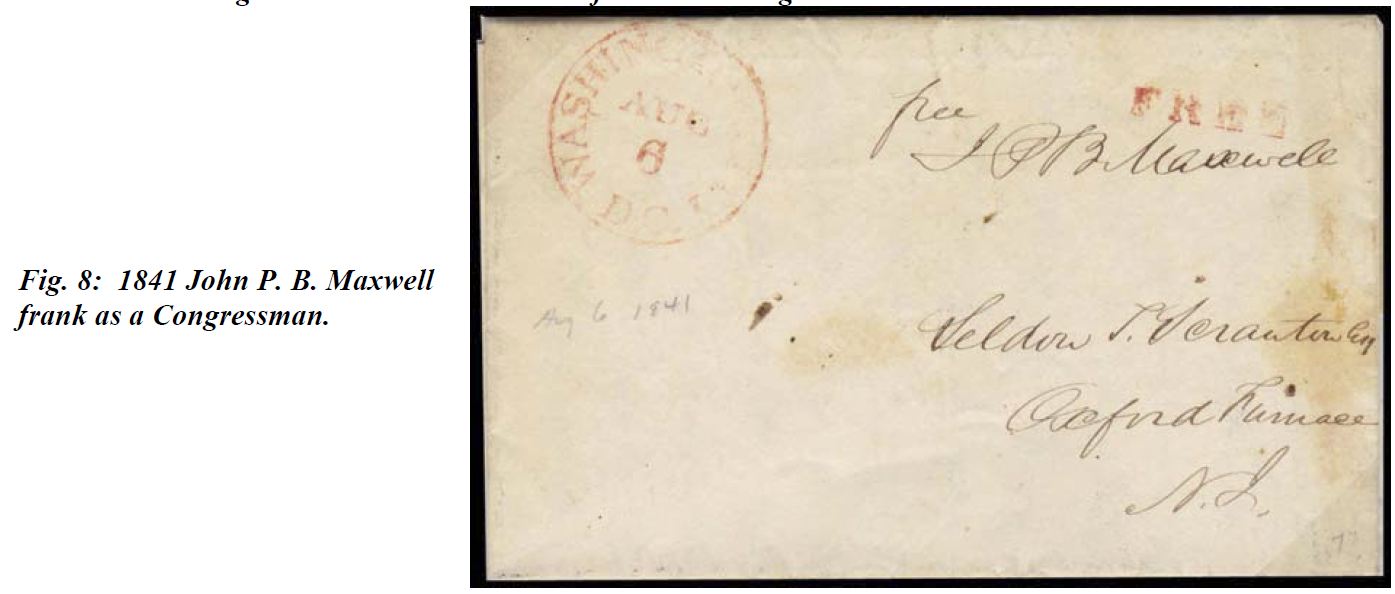
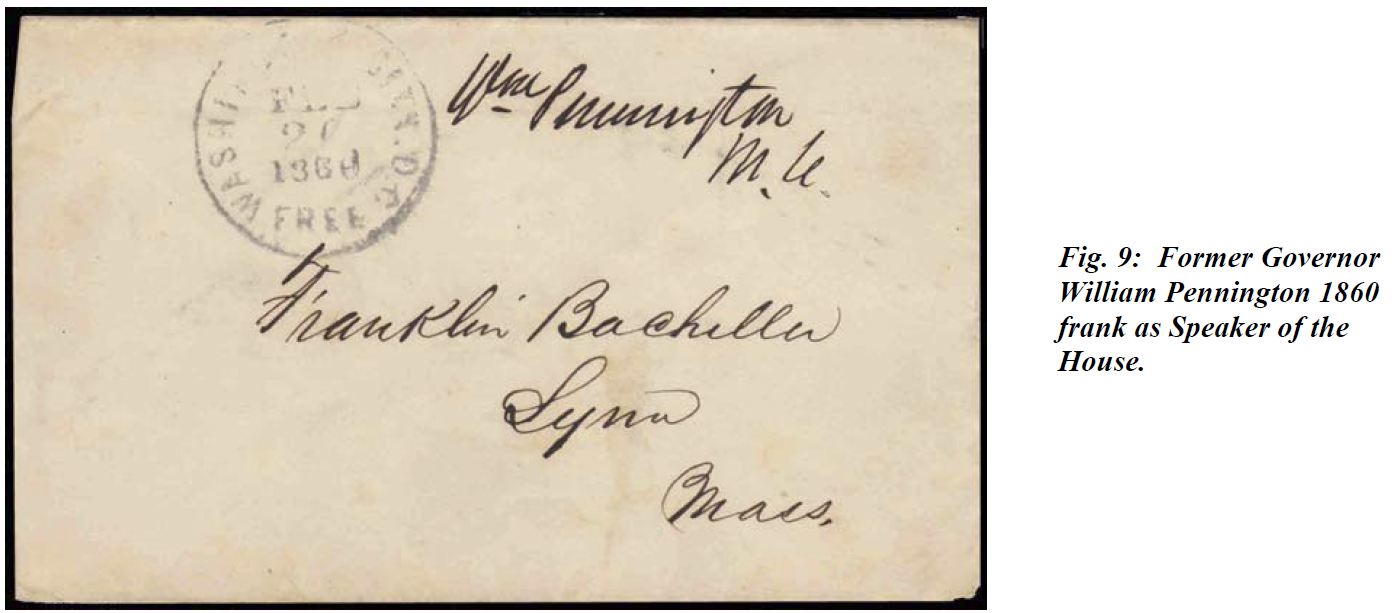
Because of the level of abuse, it was estimated that one quarter of the letters sent from
Washington in the early 1870s were sent free. Therefore effective July 1, 1873, the franking
privilege was abolished. Members of the Executive Branch used the newly issued Official
Stamps for their mail. The Congress purchased regular stamps and provided them to members
for use on their official mail. Occasionally, one can find mail with a Congressional signature, a
house or senate return address and a stamp paying the postage. They are very scarce, and we
have never seen one from New Jersey.
This abolition of the franking privilege was very unpopular. Over the next 22 years it
was very gradually reinstated. Effective March 3, 1875, legislators could send printed material
or seeds with a frank. Figure 10 shows a frank by Augustus W. Cutler, dated 1876, which
forwards a printed speech of his to the commandant of the Brooklyn Navy Yard. Such franks
between 1875 and 1895 are scarce.
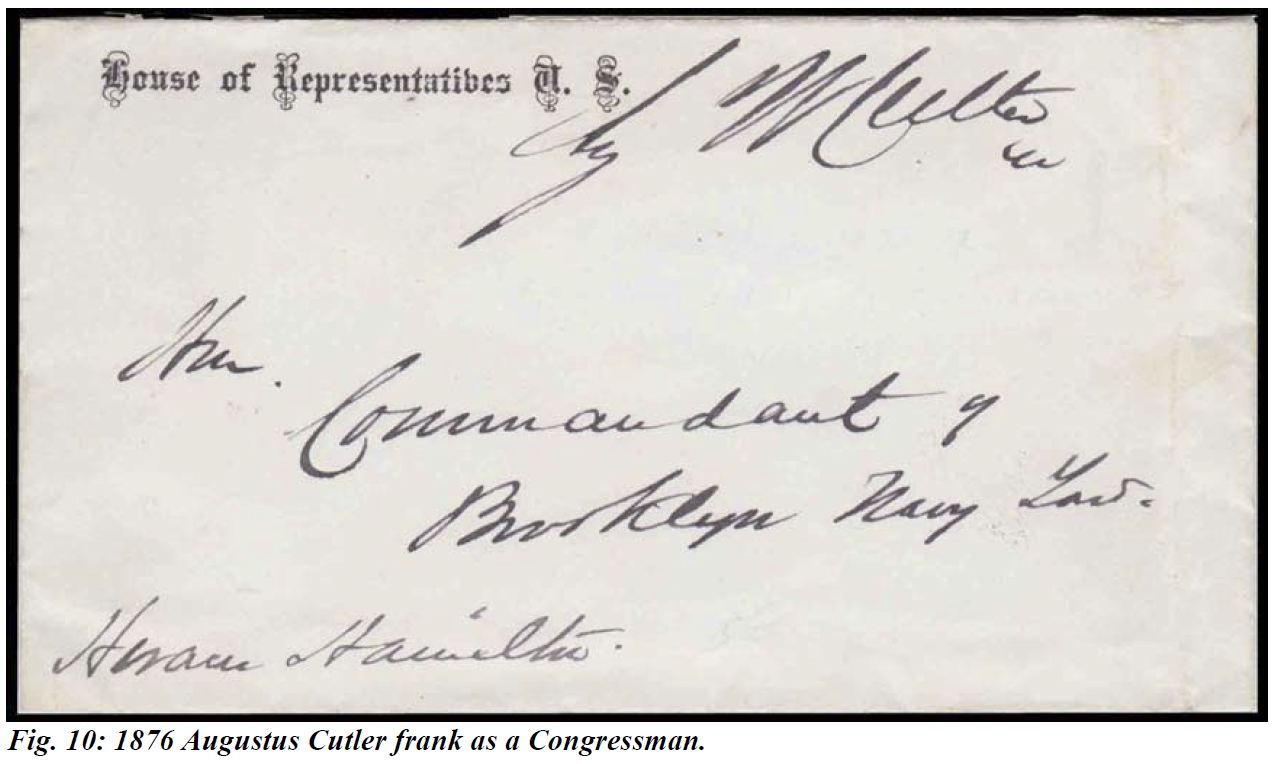
Effective March 3, 1891, legislators were granted the franking privilege to send official
mail to any officer of the government.
Finally, effective January 12, 1895, legislators were granted the privilege of sending, but
not receiving, “free through the mails and under their frank, mail not exceeding one ounce in
weight, upon official or departmental business.”
The 20th century had many changes to franking laws and rules as well. Most were
directed to minimizing misuse and fraud, and to preventing blatant use of franks for political
purposes. It’s an interesting field that has received little attention because they generally involve
printed franks. One of the many areas to check out involves activities resulting from the death of
a member. The spouse, or another family member, has the franking privilege for a limited
period. Also, the member’s staff continued to use printed frank envelopes that were co-stamped
by the Clerk of the House or other authorized officials. Such usages are scarce and quite
interesting.
The normal format for indicating a legislator’s frank was a handwritten “free” and the
legislator’s signature. Most reported franks before 1895 follow this format. There are a few
exceptions specifically a few legislators used a rubber stamp signature or had their secretary sign
their names for them, but this was quite uncommon. The wording in the 1895 law reinstating
congressional free franks is ambiguous and within ten years most franking signatures were either
rubber stamped or printed. To this day, a handwritten frank is valid but rare. Figure 14 shows
Congressman William Hughes handwritten frank in 1905. Figure 15 shows this same
Congressman’s frank two years later and his signature is printed.
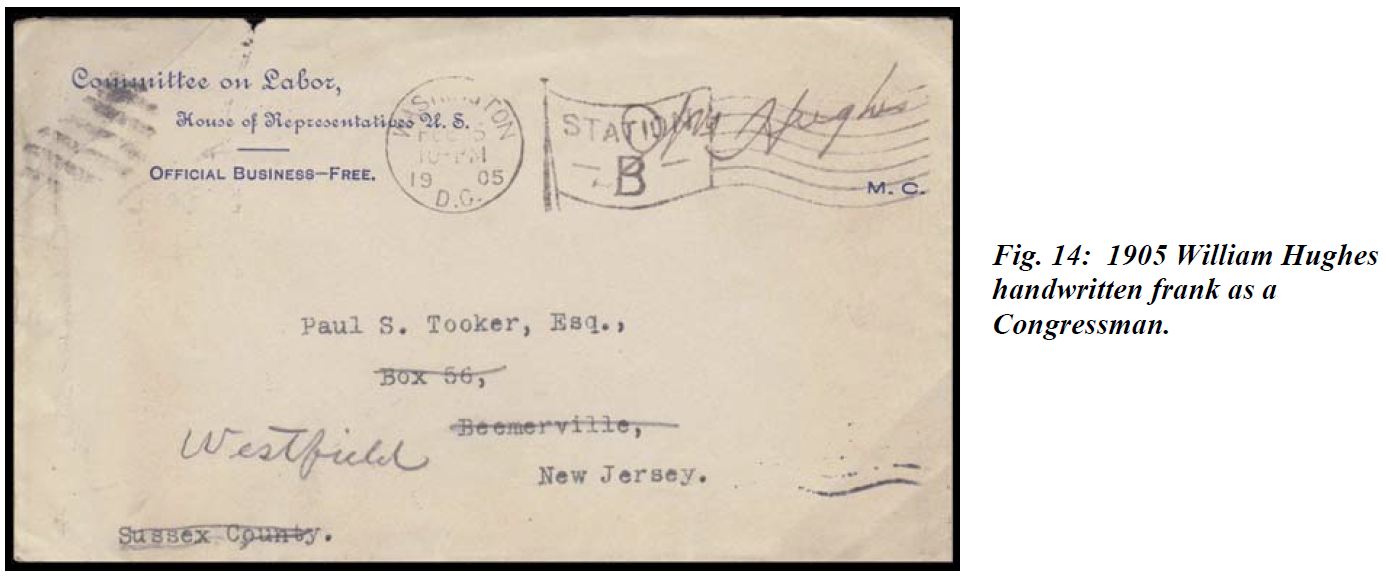
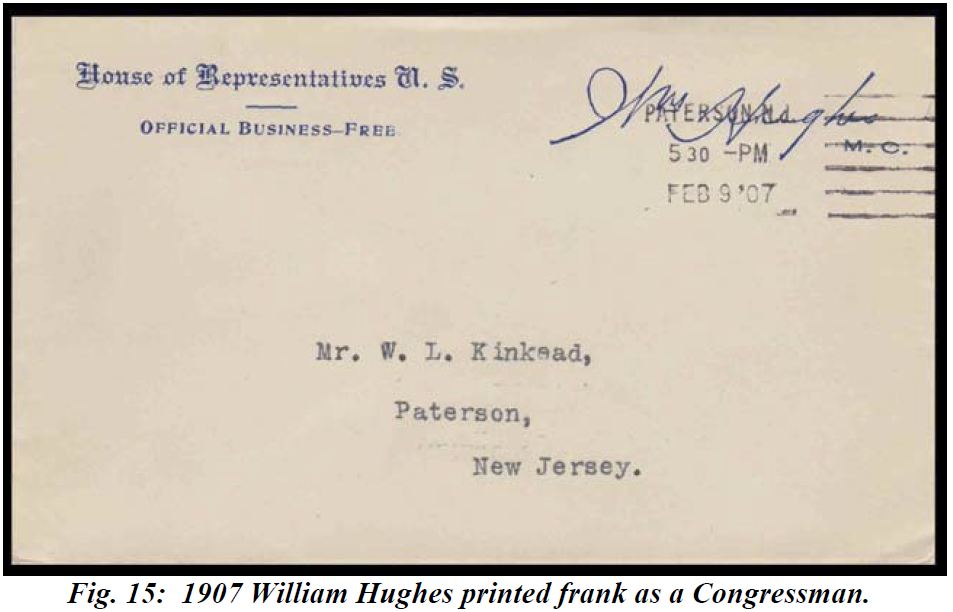
Table 2 lists every New Jersey legislator, starting with the creation of the Continental
Congress to the present day. In the table, known franked covers are listed. These are either
covers we have or covers listed in the American Stampless Cover Catalogue. We would be very
interested in learning about any other franked covers known to exist. Send to Jean and Ed Siskin
at jeananded@comcast.net.
For reference in the attached Table 2, are abbreviations of political parties:
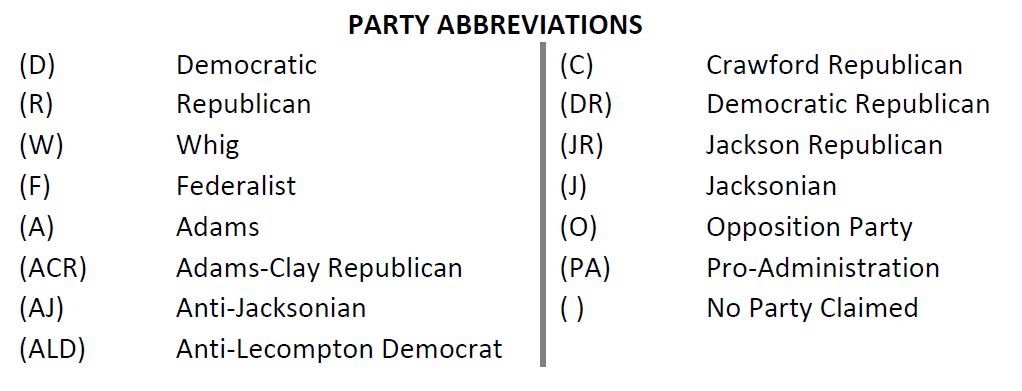
The full list is available online, both in alphabetical order and in date order (in pdf
format); as is full legislation relating to free franks. Go to:
Legislative Franks list: www.NJPostalHistory.org/media/pdf/njfreefranks.pdf
& for free frank legislation at www.NJPostalHistory.org/media/pdf/njfflaws.pdf
The authors would like thank Steve Roth for finding some particularly elusive laws and
Jean Walton for figuring out how to present the Table 2 data.
REFERENCES:
Glassman, Matthew Eric “Franking Privilege: Historical Development and Options for Change” March 30, 2012,
Lovegrove, J. W., FRPSL “Herewith My Frank.. “ 2nd Edition,., 1989, self published.
Phillips, David G., American Stampless Cover Catalog, Volume 2, Phillips Publ. Co., 1987.
Siskin, Ed & Jean, “Abuse of the Franking Privilege,” Vol. 38 No. 4 Whole number 180 Nov. 2010, pp. 181-182.
Stern, Edward, History of “Free Franking” of Mail in the United States, H. L. Lindquist, NYC, 1936.
Congressional Research Service, Report RL34274
Past Featured Covers
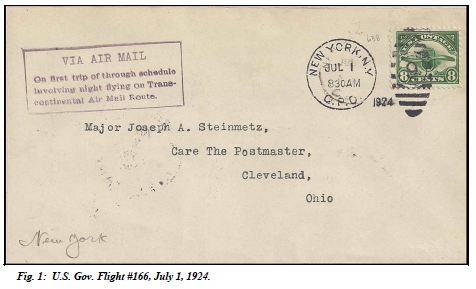 |
August 2012 Issue of the NJPH Journal HADLEY AIR FIELD, NEW BRUNSWICK. NEW JERSEY by Jim Walker
Early air mail service in the New York area used an assortment of air fields on Long
Island. Hazlehurst Field was the one in use at the commencement of Transcontinental Air Mail
Service in 1924 and was deemed inadequate due to smoke from city industries and ocean fog.
Read more..... |
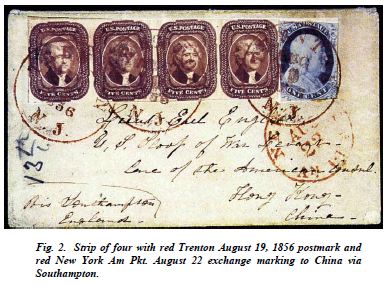 |
May 2012 Issue of the NJPH Journal FIVE CENT 1856 STAMP ON COVERS FROM NEW JERSEY by Robert G. Rose
Have you ever fantasized, as have I, of forming a collection of United States
classic stamps used on covers from New Jersey? If so, the task to put such a collection
together would be a real challenge....
Read more..... |
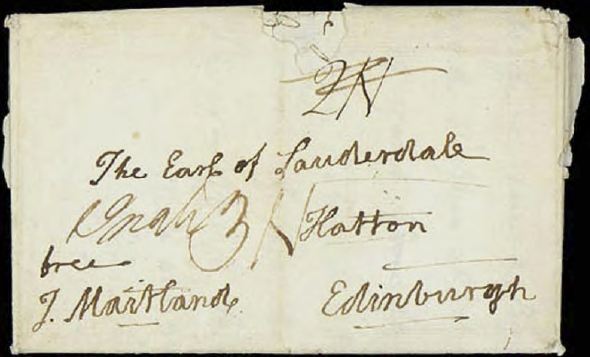 |
February 2012 Issue of the NJPH Journal A Wonderful Revolutionary Letter by Ed and Jean Sisken
In the Oct-Nov 1988 issue of La Posta, Tom Clarke wrote an article about a wonderful
Revolutionary War cover he had. Dated February 16, 1777, from New Brunswick, New Jersey...
Read more..... |
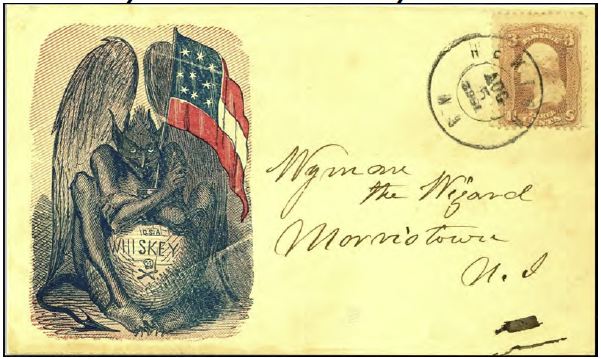 |
November 2011 Issue of the NJPH Journal New Jersey Civil War Covers -Wyman the Wizard!
If you were to conduct a detailed review of the 190 Civil War
patriotic covers illustrated in NJPH whole nos. issues 100 and 117, or the
online exhibit of covers shown at NOJEX, you can begin to see the
emergence of some interesting patterns among the covers. An obvious
pattern is that there are several different correspondences represented in
the illustrated covers. Read more..... |
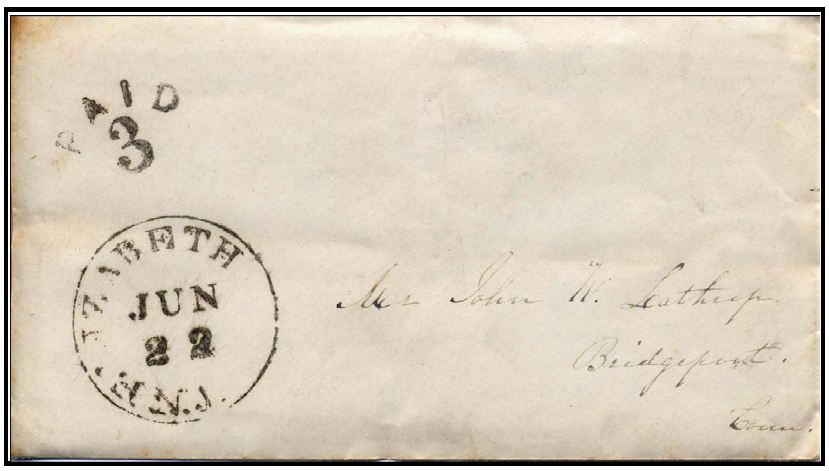 |
August 2011 Issue of the NJPH Journal New Elizabeth, NJ Marking
ELIZABETHTOWN STAMPLESS POSTMARK ALTERED TO READ “ELIZABETH”!
This newly-discovered Elizabeth postmark falls at the time the name was changed from
Elizabethtown to Elizabeth, and a new handstamp was created from an existing Elizabeth-town
postmark.
Read more..... |
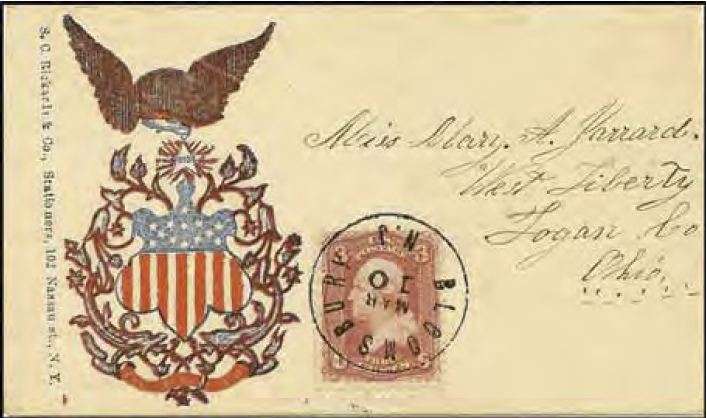 |
May 2011 Issue of the NJPH Journal Civil War Patriotic Covers from New Jersey.
The cover below is dated Mar. 10 from Bloomsbury, NJ to West Liberty, Ohio, with the imprint of S.C. Rickards, Stationers, 102 Nassau Street, N.Y., and shows one of the rare New Jersey Civil War patriotic images.
Read more..... |
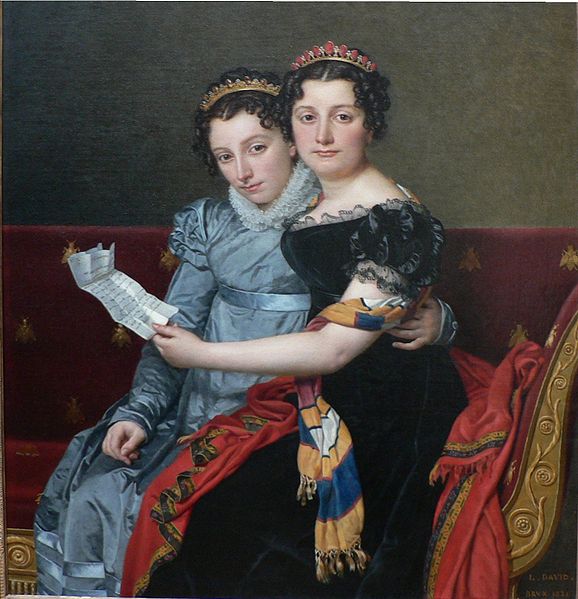 |
February 2011 Issue of the NJPH Journal A Folded Letter in art - was it from New Jersey?
This painting by Jacques-Louis David, painted in 1821, shows two Bonaparte princesses reading a stampless folded letter from their father, Joseph Bonaparte, brother of Napoleon. Was it written to them from New Jersey?
Read more..... |
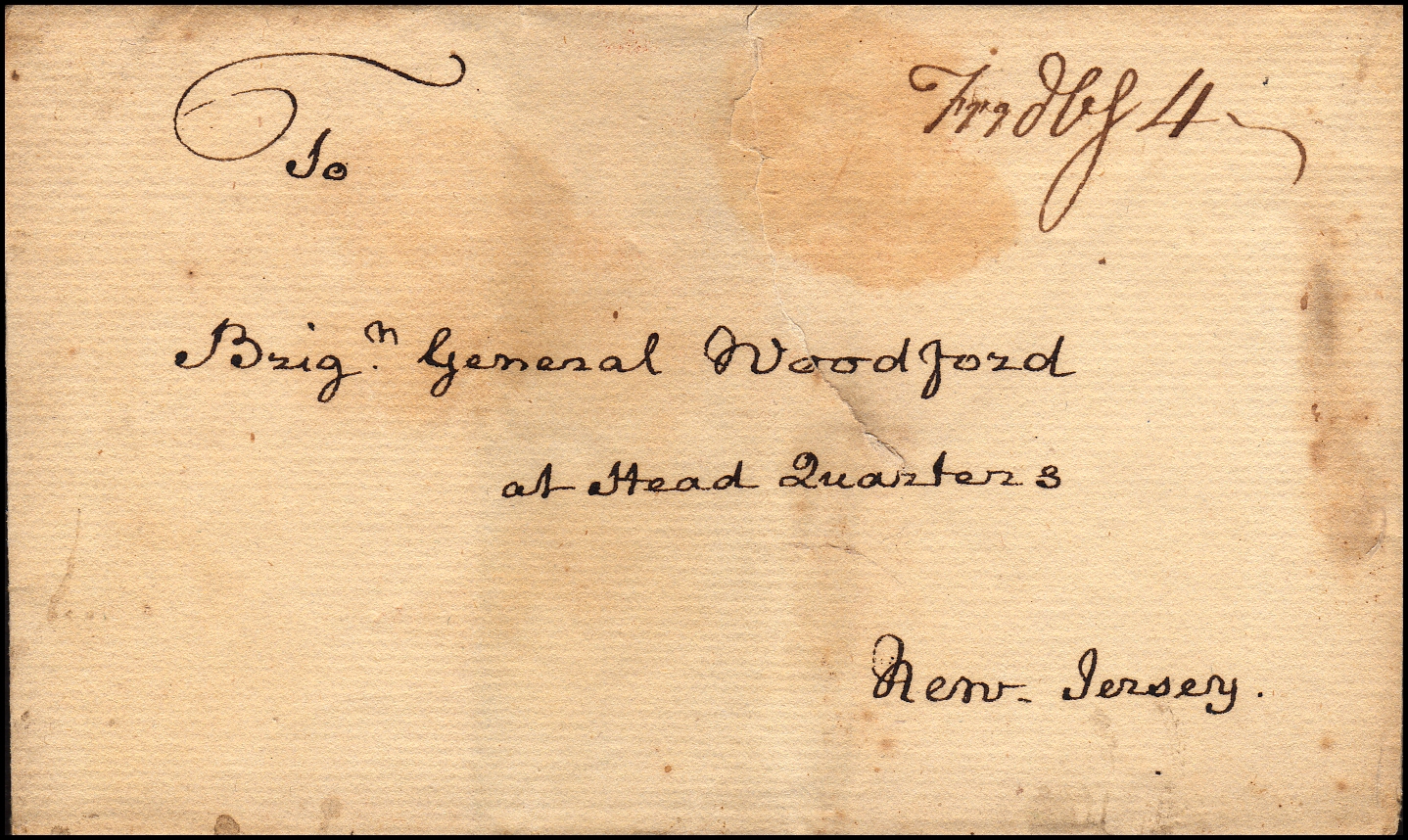 |
November 2010 Issue of the NJPH Journal REVOLUTIONARY WAR COVER
The cover of our most recent journal features this Revolutionary item, from Don Chafetz’s prize-winning exhibit of Morris County Mail Service, 1760 to 1850.
Read more..... |
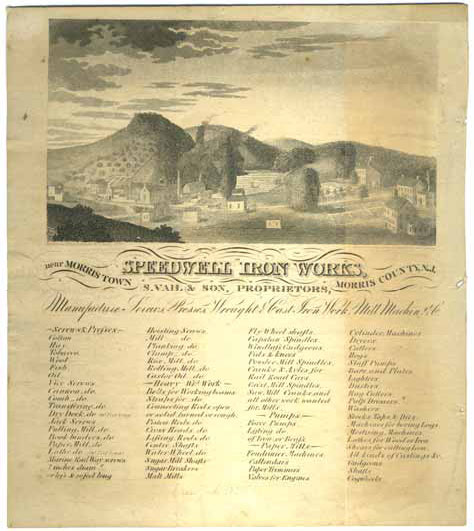 |
August 2010 Issue of the NJPH Journal NEW JERSEY ILLUSTRATED LETTER SHEETS
These items were made popular by the nice ones that exist from the California Gold Rush days, and those used during the Civil War, where they depicted contemporary scenes at the top of the letter sheet, the rest of which was then used to write a letter.
Earliest examples usually included an attached sheet and were used as stampless folded letters.
Later ones were more like letterheads, and were sent enclosed in envelopes.
Read more..... |
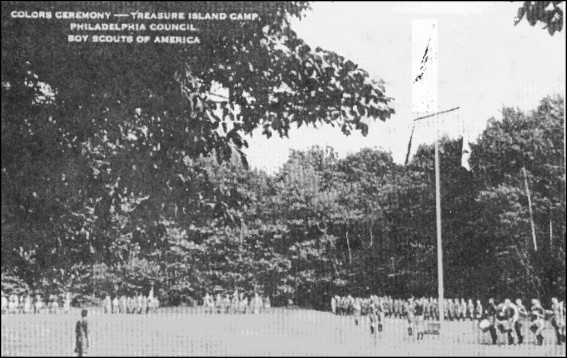 |
May 2010 Issue of the NJPH Journal Celebrates the 100th Anniversary of the Boy Scouts of America!
Treasure Island Scout Camp occupies a fifty-seven acre island in the Delaware River between Pennsylvania and New Jersey. The camp is operated by the Cradle of Liberty Council (formerly the Philadelphia Council), Boy Scouts of America. Read more..... |
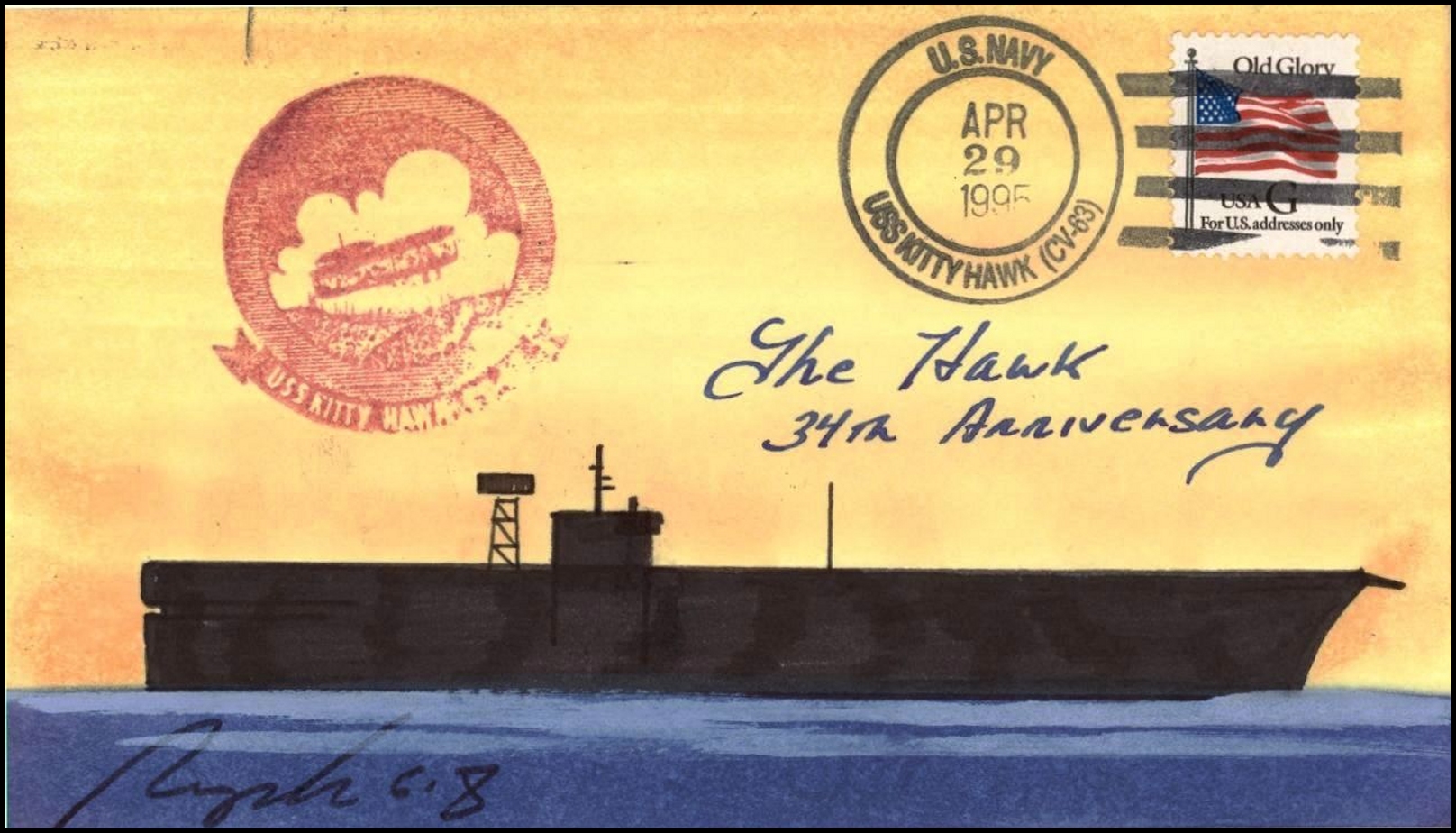 |
February 2010 Issue of the NJPH Journal featuring a 1995 cover of the aircraft carrier USS Kitty Hawk, the last of the conventionally-powered US aircraft carriers, decommissioned in 2009.
This great ship served almost 50 years in service of her country.
Read more..... |
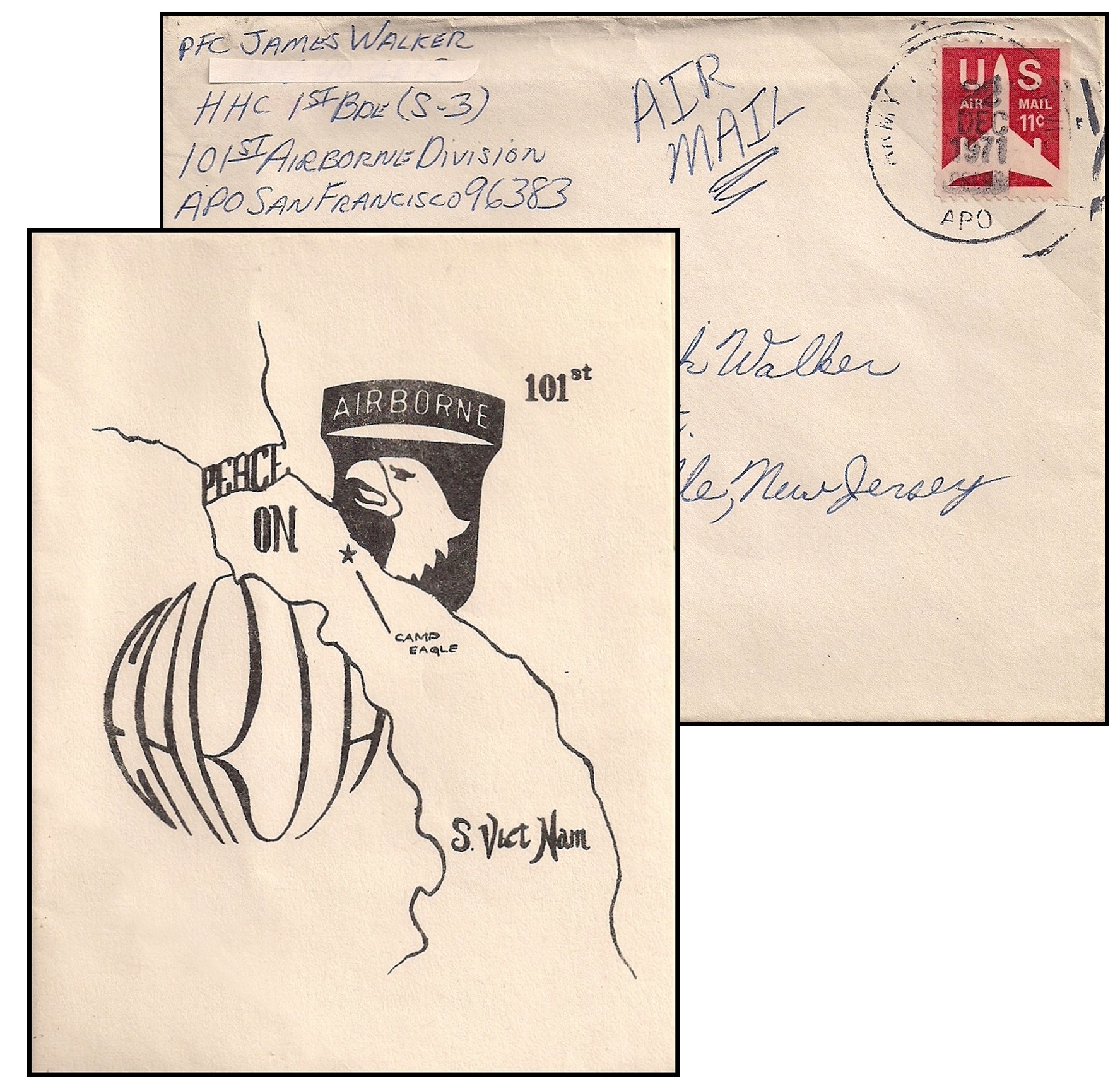 |
November 2009 Issue of the NJPH Journal featuring a Holiday Greetings from Viet Nam
Just before Christmas of 1971, a GI-produced Christmas card was distributed to the troops of the 101st Airborne for them to send home. A hand-made envelope served to carry it home to New Jersey.
As it was late in December, member Jim Walker used a U.S. air mail stamp instead of the usual free frank available to soldiers in combat,
Read more..... |
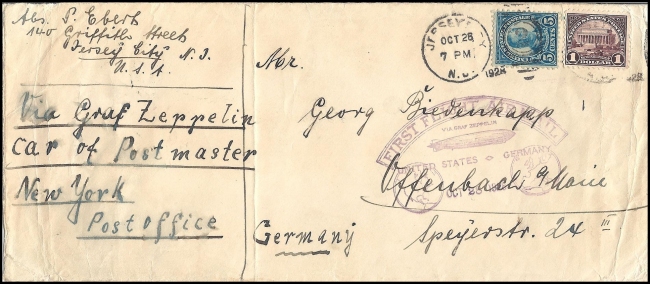 |
August 2009 Issue of the NJPH Journal featuring a a Graf Zeppelin cover.
L127 First Trip to the USA in 1928. Special credit to John Trosky for this nice article!
WEB-SITE SPECIAL: an addendum to this article with additional information on an originating 1928 LZ-127 cover from Len Peck!
Read more..... |
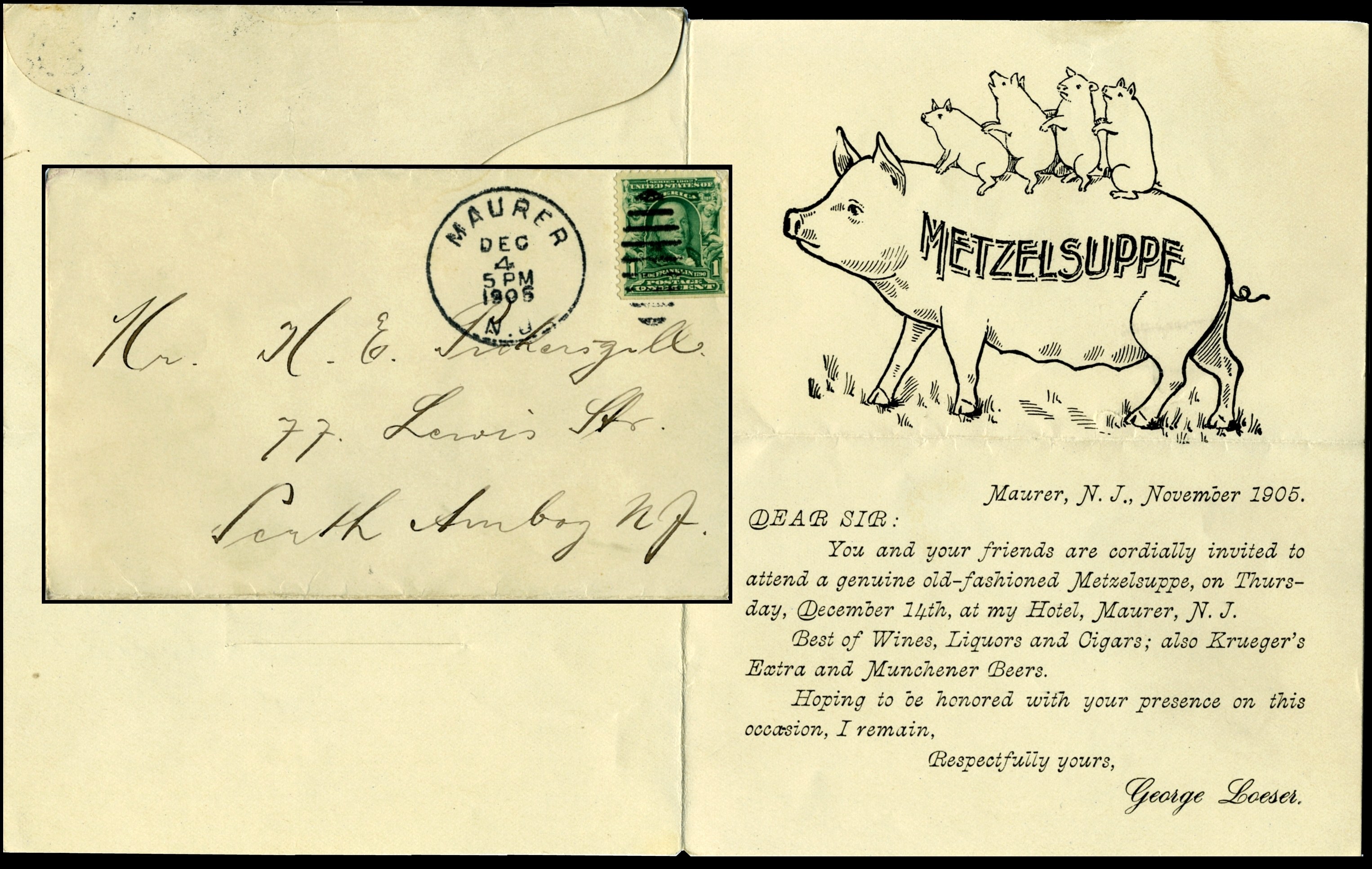 |
May 2009 Issue of the NJPH Journal featuring a DPO cover from Maurer, New Jersey.
A pretty little letter sheet invitation from a local hotel in Maurer (now part of Perth Amboy, Middlesex County), NJ turned up at the Garfield-Perry Show in Cleveland, in JWF (Jim Faber’s) stock. Used in 1905, it is from a community that literally does not exist anymore. The location is now the site of a large “tank farm” belonging to Chevron.Read more..... |
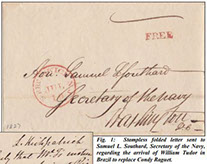 |
February 2009 Issue of the NJPH Journal featuring a cameo campaign cover.
A December 15, Hoboken, NJ postmarked Embossed Cameo Campaign Envelope produced by William Eaves was offered this March by Robert A. Siegel Auctions featuring a beardless Abe Lincoln. Only a few examples are known. This Hoboken, New Jersey cover hammered on March 25, 2009 for $2600.00 before the 15% buyers premium! Read more..... |
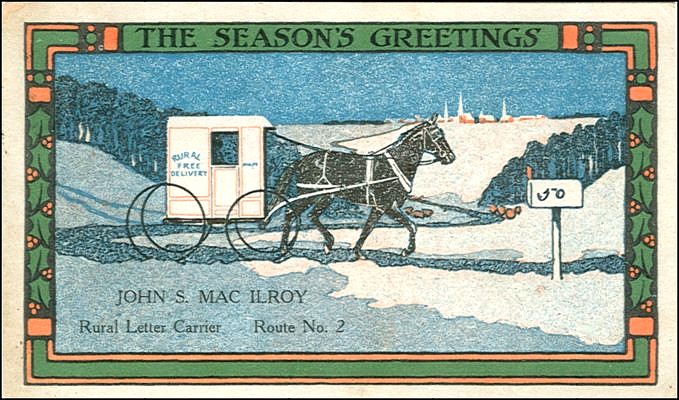 |
November 2008 Issue of the NJPH Journal featuring a cover of seasonal greeting.
A RFD ”Season’s Greetings” post card, cancelled December 24, 1915 with a Pittstown, NJ postmark, sent by the carrier on Route 2 out of Pittstown to the people along his route. Special thanks to Member Jim Walker for sharing this cover. Read more..... |
Members: One of the benefits of membership is sharing your interests and collections! If you would like to share an interesting single item from your collection, or have multiple items to share - the NJPHS Galleries offer you the opportunity to put your collectibles on center stage. Please e-mail your webmaster about contributing to our on-line Galleries. We can even help you if you do not have a scanner or digital images. Just ask. Remember, we are always looking for articles of interest for the NJPH Journal, and would welcome your contribution whether it's a single page or five page article.
If you are not yet a member, please consider the benefits of joining and the satisfaction you'll get by sharing with your fellow collectors: Become a Member |
